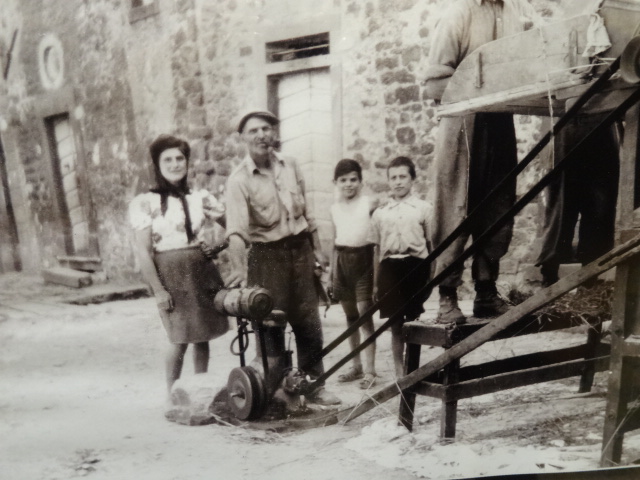 |
| A pretty restaurant on a corner. |
Today, we include more of our photos from the Palm Cove Beach area as we explain a little information about the Australian continent.
 |
| The sidewalk along the beach in Palm Cove. |
As we read more and more about Australia, we discover that it is one of the most ethnically diverse societies in the world. Not unlike many countries, many of its people were born outside the country.
 |
| Many of the restaurants offer Italian cuisine. |
According to recent records, one in four Australian residents were born outside the continent with many more being first or second generation many of which are the children and grandchildren of immigrants who arrived in the past several decades.
 |
| Prices at many of these resorts are surprisingly reasonable, such as at Mantra Amphora, as low as AUD $179, USD $136.47 for each of a three-night stay. |
With diverse backgrounds and culture of indigenous Australians who have lived on the continent for more than 50,000 years have been highly instrumental in developing a unique Australian spirit.
 |
| There were diners enjoying an early lunch as we explored the area. |
In 1778, before the arrival and onset of the British colonies, Australia was inhabited by its indigenous people, the Aboriginal people. The Torres Strait Islanders inhabited the island between Australia and Papua New Guinea, now named the Torres Strait.
 |
| Casual, affordable dining establishments line the boulevard. |
At one time there were over 500 varying clans or nations throughout the continent encompassing many unique and distinct cultures, languages, and beliefs. Indigenous people make up 2.4% of the total of Australia which is approximately 460,000 out of a total of 22 million people.
 |
| Another exquisite resort in Palm Cove Beach, Oasis. If we were coming to this area for a typical two-week vacation, this particular area would be an excellent place to stay especially at any of these resorts. |
The state of New South Wales was originally settled as a penal colony where Britain sent convicted criminals with their own prisons overpopulated. Many were sent to the faraway prison for minor offenses but the conditions in the new colony were improved over that in Britain although disease and malnutrition were widespread during the first decades of the settlement.
 |
| Pizza restaurants are never at a shortage in most countries we visit. |
The first migrants to choose to settle in Australia included men of certain financial status who were interested in the colony’s agricultural opportunities with the availability of convict labor.
 |
| There are apartments and condos atop some of the shops and restaurants. |
Also, the mid 19th century brought the gold rush which eventually changed the boundaries of new settlements by the end of the 1850s. At that point, there were six separate Australian colonies which remain today:
- New South Wales
- Tasmania (originally settled in 1803 but later separated from New South Wales in 1825)
- Western Australia (1829)
- South Australia, including the Northern Territory (1834)
- Victoria (separated from New South Wales in 1851)
- Queensland (separated from New South Wales in 1859)
 |
| Alamanda at Palm Cove, a resort along Williams Esplanade. |
Those settlers in Australia in the 19th century lived at the forefront of a new society in their new land.
 |
| There’s never a shortage of pharmacies wherever we may travel. They are often referred to as “chemists” in many countries. |
Our experiences on the recent cruise with 1400 Australians who excitedly share their history and their opinions on the politics, growth, and diversity of their country gave us an inside perspective of the general views of many of the people of Australia.
 |
| A small grocer and “take away” food in this strip of shops. |
Also, each day, during our quiet time, we have an opportunity to watch Australian news from many parts of the continent. One aspect rings true for us in our experience, however short and limited, that the Australian people have a commitment and love of their country and a willingness to share their thoughts and opinions on the future growth and development of their country in a manner we’ve found to be both dedicated and far-reaching into the future.
 |
| Palm Cove Holiday Park is across the street from the beach. |
We’ll be sharing more on the history and diversity of Australia and its people in future posts. It’s easy for us to enter an entirely new country with our preconceived notions as to its history and its people. It’s especially meaningful to discover otherwise.
Today, we’re off to the fitness center and then exploring more of this fabulous area in Queensland.
Have a fabulous new day of your life!
Photo from one year ago today, June 29, 2014:
 |
| Ironically, it was one year ago today that we booked our current location in Trinity Beach, Australia, and posted the photos and information. We couldn’t be more pleased with this property, the views, and the thoughtful owners. For more details, please click here. |













































